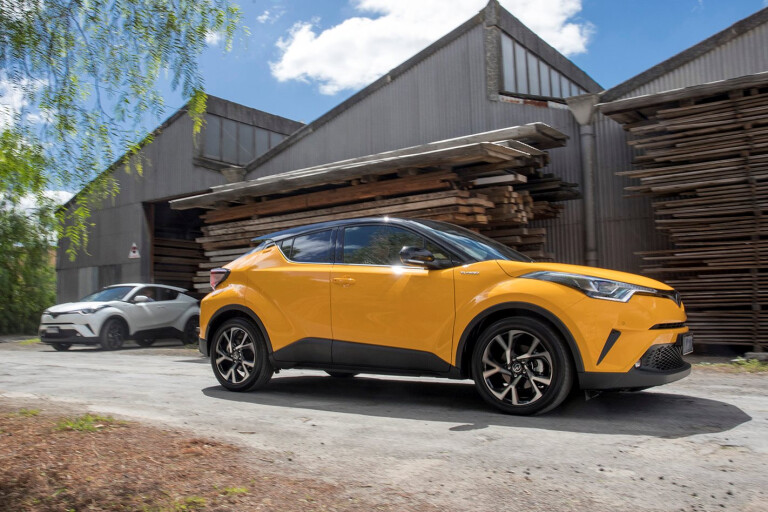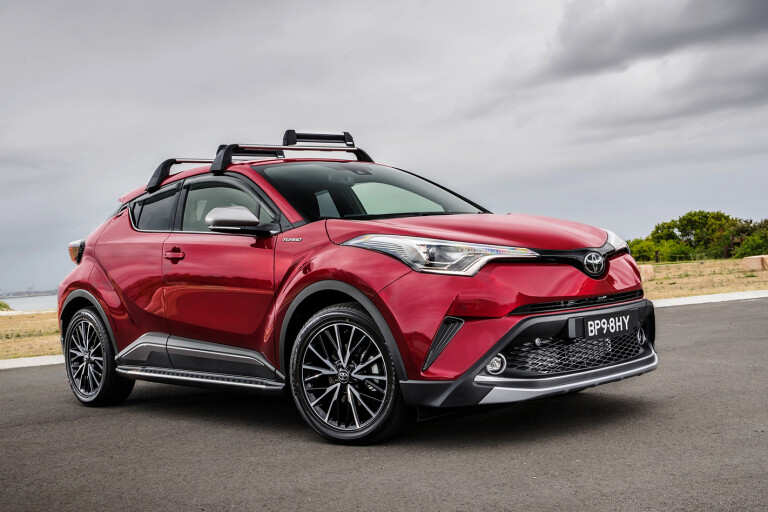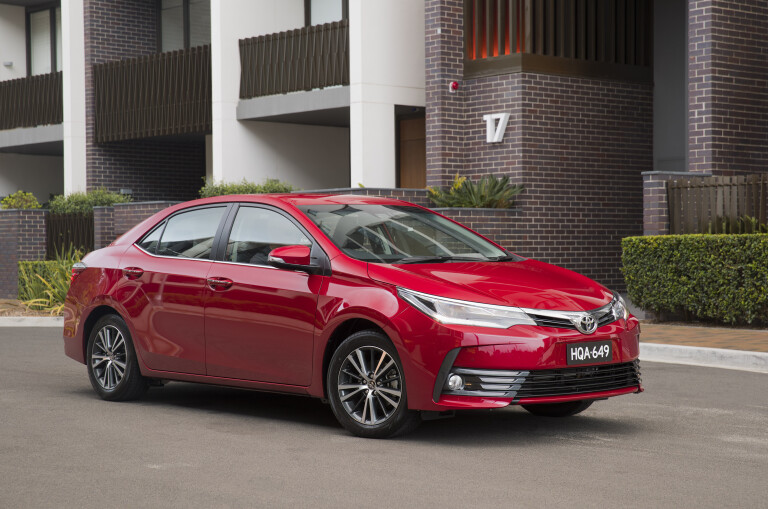
Want a Toyota that’s cheap to take care of? Amazingly, it’s the big T’s latest model - and one of its most technologically complex - that will cost you the least to maintain.
The Toyota C-HR may be the only vehicle in the local Toyota lineup to boast a sophisticated turbocharged petrol engine, but thanks to a generous 12-month/15,000km maintenance interval and a five-year fixed-price servicing scheme, the C-HR’s scheduled servicing plan works out to be cheaper than anything else in the Toyota stable if you’re the type who holds onto a car for five years.
And that’s largely due to the more frequent servicing requirements of other Toyota models. The humble Corolla requires a mechanic’s touch every six months or 10,000km if you want to keep your warranty (at $140 a pop, no less), meaning that after three years the cost of merely keeping your Corolla running will set you back a sum of $840.
Under Toyota’s capped-price servicing scheme for the C-HR, each service costs $195, but the lower frequency of them means you pay much less over time. The C-HR will only need to make half the number of workshop visits over a three year period compared to the Corolla, and will cost $585 after three years/45,000km of motoring.

After three years, the C-HR – which, we should add, overlaps significantly with the Corolla on price and size – gains an even greater advantage. The Corolla’s capped price servicing program stops after the 36-month/60,000km mark, after which maintenance costs rise steeply.
At the 42 month/70,000km mark a Corolla owner will need to shell out $233, while the 48 month/80,000km service blows out to $311. Year four of Corolla ownership will set you back $544 in total, while the C-HR’s bill remains $195 for the same period of time.
After five years a Corolla will cost you $2023 in scheduled maintenance, while the C-HR’s bill amounts to a far more reasonable $975 in total.

The Australian-assembled Toyota Camry and Aurion require less attention than the Corolla and need to visit a service bay only once every nine months or 15,000km. That’s still more frequent than the C-HR, but with each service costing $140 the Camry and Aurion will cost $25 less to maintain than the C-HR by the three-year mark with a total bill of $560.
Once beyond that point, however, the balance tips in the C-HR’s favour. Capped-price servicing for Aurion and Camry runs out after the 45 month/75,000km point, and servicing costs rise sharply thereafter.
The 54 month/90,000km service costs $595 for the Camry and a huge $990 for the Aurion, with the 63-month/105,000km interval coming in at $236 and $251 respectively.

After 5-and-a-quarter years, the total scheduled maintenance spend for a Camry comes to $1531, or $1942 for an Aurion. Better than a Corolla, but still not as affordable as the C-HR.
However, if you tend to travel greater distances then the Camry and Aurion come out ahead – after 75,000km the maintenance bill for the two locally-built sedans will come to $700, against the C-HR’s $975.
That said, with census data showing the average Australian motorist travels roughly 13,800km every year it appears that the time interval is of greater relevance to the bulk of the population, not distance. Bear that in mind when you’re doing your own cost projections – as well as the fact the C-HR requires more expensive premium unleaded.
So, while the C-HR’s direct-injected, water-to-air intercooled and turbocharged 1.2-litre engine may be one of the more advanced powertrains in Toyota Australia’s showrooms, the edgy compact SUV is surprisingly cost-effective when it comes to keeping it in peak mechanical condition.
The fact that you only need to visit a dealership half as often as you would in, say, a Corolla or Prius is another big win as well – after all, your time has a value of its own, and who wants to spend unnecessary hours reading magazines in a service centre waiting room?
COMMENTS